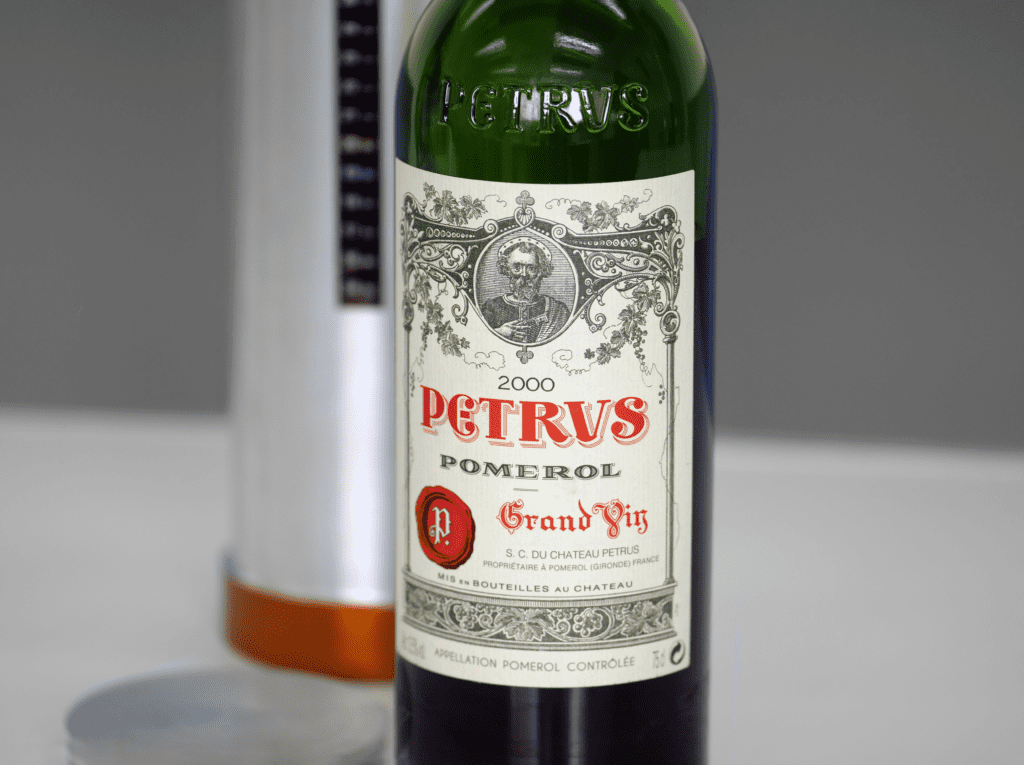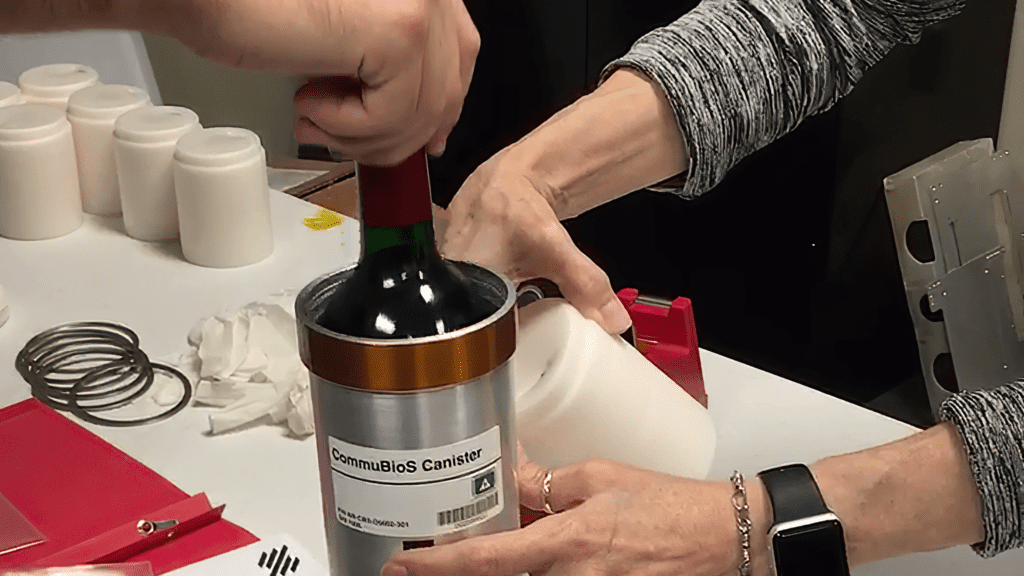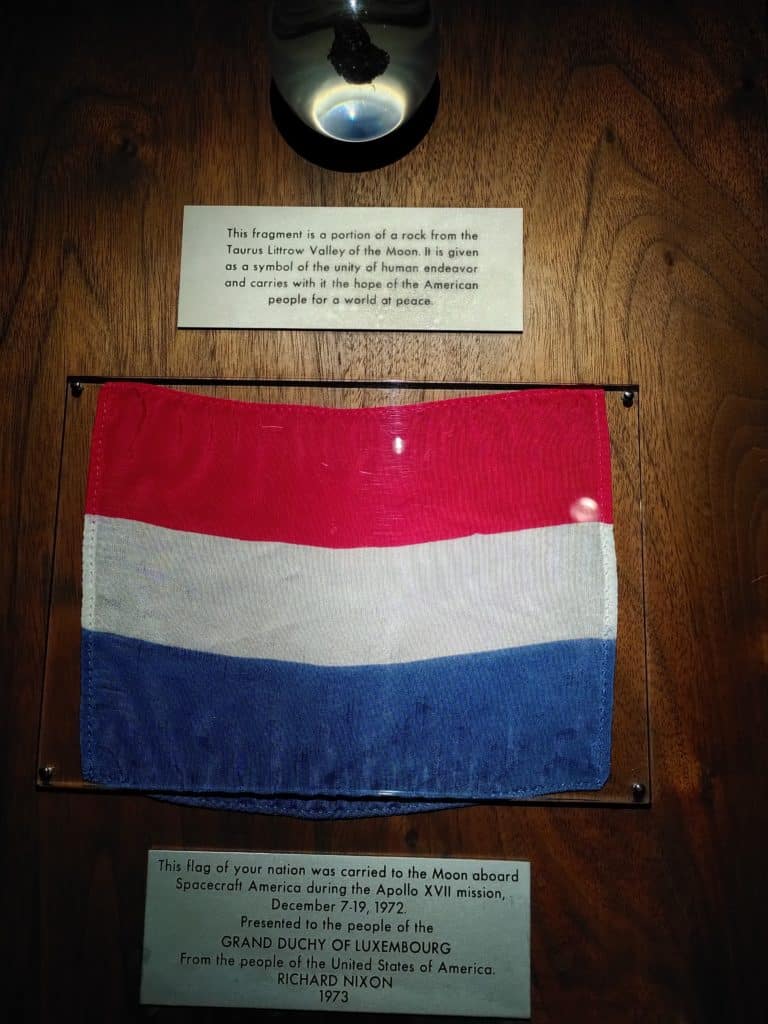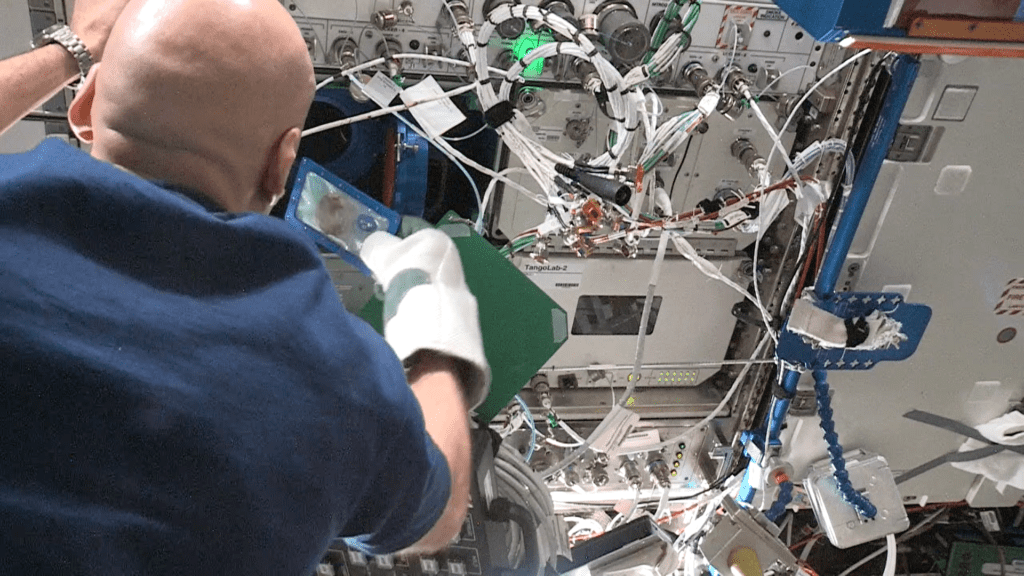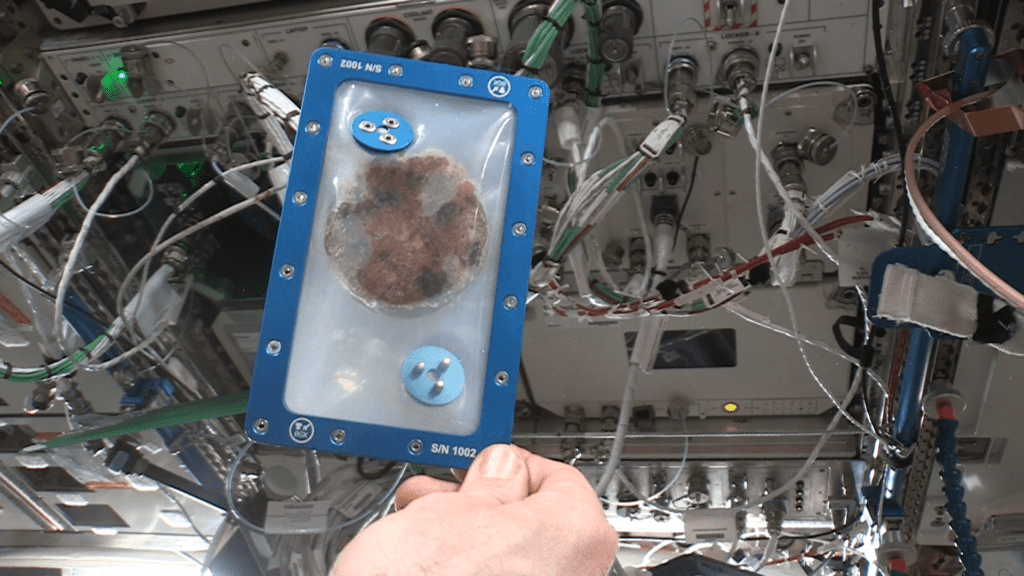What do red wine, a Tesla Roadster and cookie dough all have in common? They’ve all been sent into space.
Space is tight on the international space station. Measuring 109 metres long and 75 metres wide, two thirds of this outsized satellite is taken up by equipment and storage. That’s because it’s a highly sought-after laboratories for testing the effects of zero gravity in research and research can take all shapes, sometimes cookie ones.
Ian Fichtenbaum, co-founder of Zero G Kitchen, which in 2019 sent the first oven to the ISS, says: “When we talk about labs, the labs most of us have in our homes is a kitchen and there’s nothing more central to a kitchen than the oven.” Approximately the size of a microwave, the first batch of baking to emerge from the oven were chocolate chip cookies, sponsored by Hilton Double Tree. “It was not obvious how the cookie would come out, what shape it would form in zero gravity,” recalls the entrepreneur. For Fichtenbaum, the mission paves the way for building a space bakery serving the anticipated future slew of space travellers and, he reckons that astronauts won’t grumble at having a more varied diet.
In the past, Earth food was sent into space less for research than a publicity stunt, often through a commercial partnership. In 1985, eight specially design Coke and Pepsi cans were sent to space. In 2015, the ISS received its first espresso coffee machine, the ISSpresso. And in 2019, Space Cargo Unlimited, a Luxembourg firm, sent 12 bottles of Pétrus wine to be aged in space for 14 months.
In some cases, astronauts will bring things as part of their own personal payload. That was the case for astronaut Greg Chamitoff who, in 2008, took bagels from the Original Fairmount Family Bakery, the owner of which was his aunt. It was also the case for the “Moon Museum”, a ceramic tile the size of a thumbnail featuring artworks from the likes of Robert Rauschenberg, David Novros, and Andy Warhol, carried to space in 1969, and for the watch of aviator Amelia Earhart, which was brought to space by astronaut Shannon Walker in 2010.
Lost in space
In most cases, objects brought into space are returned to earth for ongoing research, to become museum artefacts or in the case of one of the space-aged bottles of wine, to sell at auction (the proceeds from which funded viticulture research on Earth). At the time of writing, Luxembourg’s natural history museum had on display two small national flags that were carried to the moon and back, in 1972 and 1969 and later gifted to the country by then President Richard Nixon. But not everything makes it back. Elon Musk’s Tesla Roadster has been floating through space for the last two years. When it was launched in February 2018 on Space X’s first Falcon Heavy, the billionaire said that he wanted to inspire the public about “the possibility of something new happening in space”. It also served as a positive brand reinforcement for the electric vehicle firm.
• 1969: The first space art object, the “Moon Museum” was reportedly left on the moon during the Apollo 12 landing.
• 1984: four cans of Coke and four cans of Pepsi were sent into space.
• 2010: Shannon Walker brought Amelia Earhart’s watch to the ISS.
• 2015: The ISS delivered its first espresso coffee machine, the ISSpresso.
• 2018: Elon Musk launched a Tesla Roadster into space.
• 2019: Space Cargo Unlimited sent 12 bottles of Pétrus wine to be aged in space
This article was first published in the Silicon Luxembourg magazine. Read the full digital version of the magazine on our website, here. You can also choose to receive a hard copy at the office or at home. Subscribe now.

